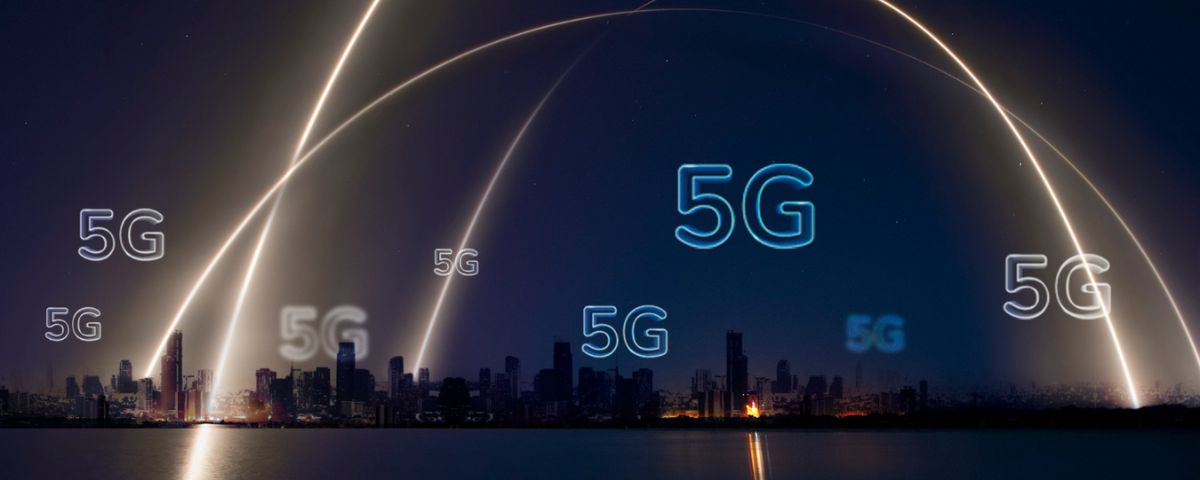
Telcos worldwide are facing a similar challenge as India when it comes to the deployment of 5G technology. Nitin Soni, senior director (corporates) at Fitch, notes that in countries like South Korea, Singapore, and Japan, the introduction of 5G has not led to significant increases in telco ARPU (average revenue per user), with growth remaining in the low single digits. Similar to the situation in India, telcos in these global markets are striving to enhance data usage through 5G, but the resulting increase in ARPU has been limited.
According to Soni, the key to driving 5G adoption levels and monetization lies in the rapid emergence of new 5G applications and use cases. Areas such as high-end gaming, HD-video streaming, and telemedicine need to see significant advancements to leverage the capabilities of 5G fully.
Cristiano Amon, CEO of US chip giant Qualcomm, emphasizes the importance of viewing 5G as critical infrastructure. He highlights that the technological capabilities of current 5G-enabled gear extend beyond conventional telecommunications, particularly in supporting mission-critical services and industrial applications.
Ericsson, a major supplier of 5G equipment to Indian telcos like Jio and Airtel, believes that 5G monetization in India is inevitable and only a matter of time. According to an Ericsson spokesperson, signals indicating the readiness for 5G monetization are already apparent. Ericsson’s ConsumerLab study indicates that 15% of Indian consumers are willing to pay a premium for application bundles such as video-on-demand, gaming, and music. Additionally, the significant presence of over a million YouTube content creators in India underscores the demand for tailored 5G content creator packages. Moreover, India’s mobile gaming sector, boasting 400 million users, favors low-latency and fast server connections, further demonstrating the potential for 5G monetization in the country.



